Bearded dragons, with their prehistoric appearance and friendly demeanor, have become beloved pets for reptile enthusiasts worldwide. Creating a natural and stimulating environment for these Australian natives involves more than just the right lighting and substrate—appropriate plant selection plays a crucial role in their overall well-being. Whether you’re a new bearded dragon owner or looking to upgrade your pet’s habitat, incorporating suitable plants can transform a basic terrarium into a thriving ecosystem that mimics your dragon’s natural habitat while providing enrichment, humidity control, and aesthetic appeal.
Understanding Bearded Dragon Habitat Requirements
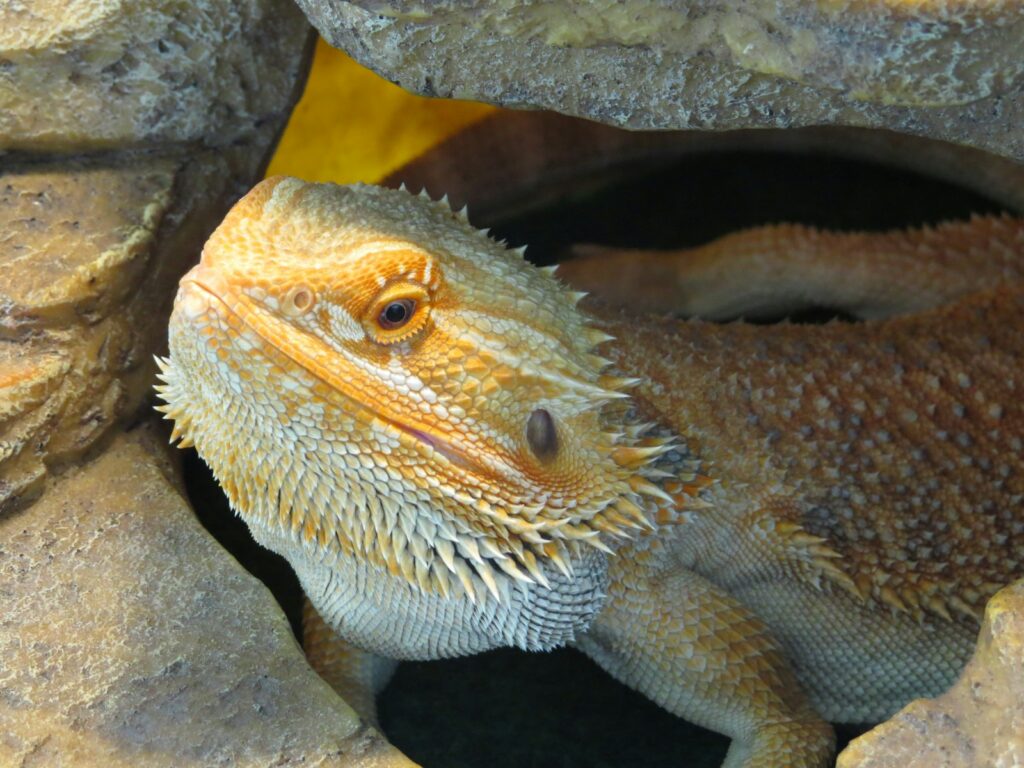
Bearded dragons originate from the arid regions of Australia, where vegetation is typically drought-resistant and hardy. When selecting plants for your bearded dragon’s terrarium, it’s essential to recreate conditions similar to their natural environment. Their native habitat consists of semi-desert landscapes with scattered vegetation that can withstand intense heat and limited water. Most importantly, any plants included must be non-toxic, as bearded dragons are curious creatures that may nibble on accessible vegetation. Additionally, the plants should be able to tolerate the terrarium’s warm temperatures and UVB lighting conditions that are necessary for your dragon’s health.
Live Plants vs. Artificial: Pros and Cons
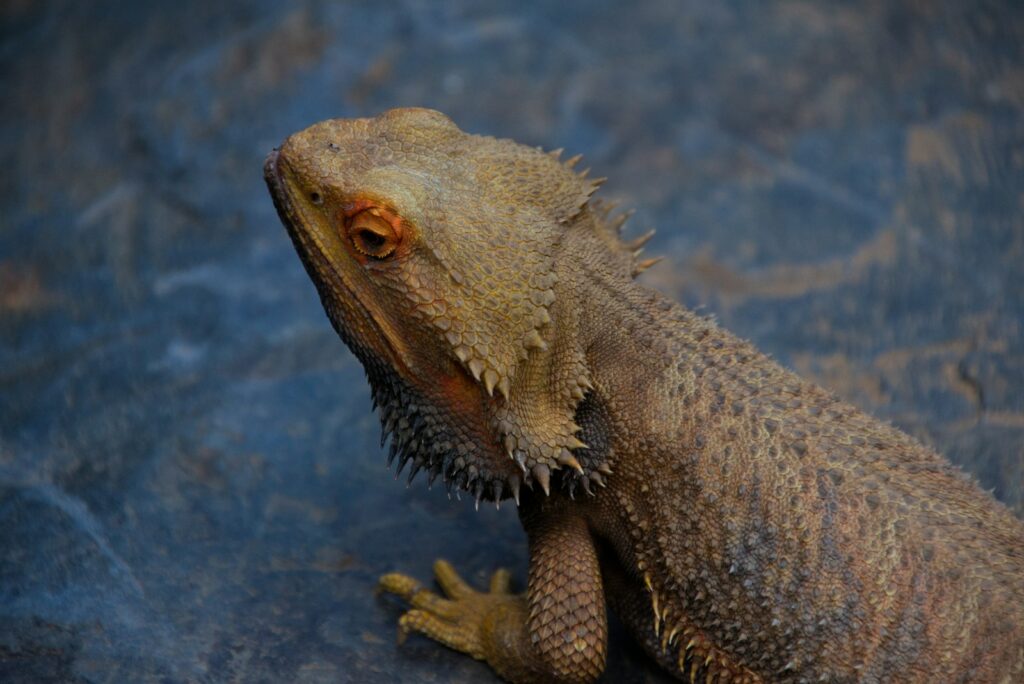
The decision between live and artificial plants presents reptile owners with an important consideration for their bearded dragon’s habitat. Live plants offer natural humidity regulation, oxygen production, and can serve as an occasional snack for your omnivorous friend. However, they require maintenance, proper lighting, and careful selection to ensure they’re non-toxic and desert-appropriate. Artificial plants, on the other hand, require no care beyond occasional cleaning, won’t die under hot terrarium conditions, and come in a variety of styles that can be arranged without concern for growing conditions. Many experienced keepers opt for a combination approach, using artificial plants for permanent decorative elements while incorporating live plants for their biological benefits.
Safe Succulents for Bearded Dragon Habitats
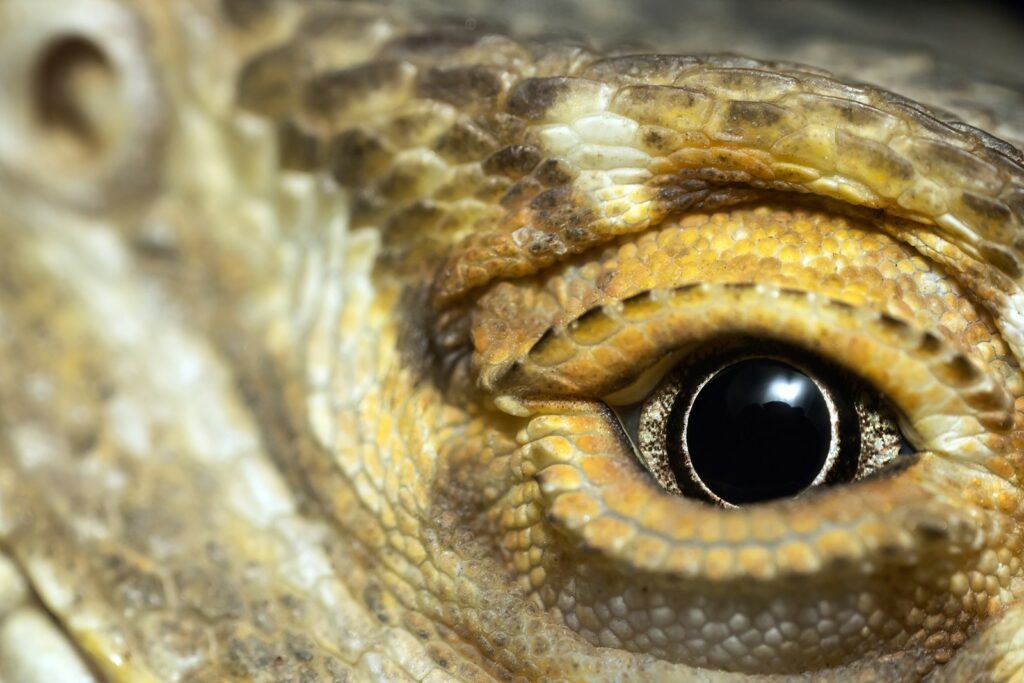
Succulents are ideal candidates for bearded dragon terrariums due to their low water requirements and ability to thrive in arid conditions. Haworthia species, particularly Haworthia attenuata and Haworthia fasciata (Zebra Plant), are excellent choices as they’re non-toxic and have tough leaves that resist casual nibbling. Echeveria varieties, with their beautiful rosette formations, also make safe additions that can withstand the warm, dry conditions of a dragon habitat. Another suitable option is the Jade Plant (Crassula ovata), which is hardy and safe for bearded dragons, though it should be firmly planted as it can grow quite large over time. When introducing any succulent, ensure it’s planted in a reptile-safe soil mixture without fertilizers or pesticides that could harm your pet.
Desert-Adapted Plants That Thrive in Terrariums
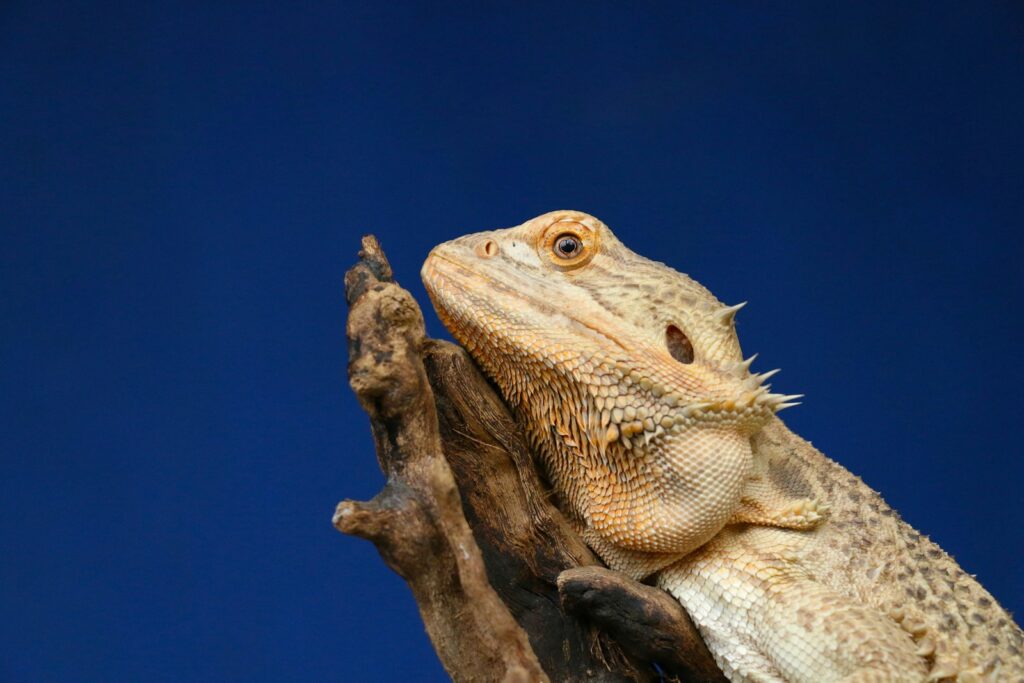
Beyond succulents, there are several desert-adapted plants that recreate the authentic Australian outback feel while surviving the terrarium environment. Air plants (Tillandsia species) require no soil and can be mounted on branches or rocks, making them perfect for terrariums with limited floor space. The Snake Plant (Sansevieria trifasciata) is remarkably resilient and can handle the hot, dry conditions while adding vertical interest to the habitat. Ponytail Palm (Beaucarnea recurvata), despite its name, is actually a succulent with a bulbous trunk that stores water and long, arching leaves that won’t harm your dragon. These plants not only survive but often thrive under the same conditions that keep bearded dragons comfortable, creating a symbiotic relationship within the enclosed ecosystem.
Herbs and Edible Options for Browsing Dragons
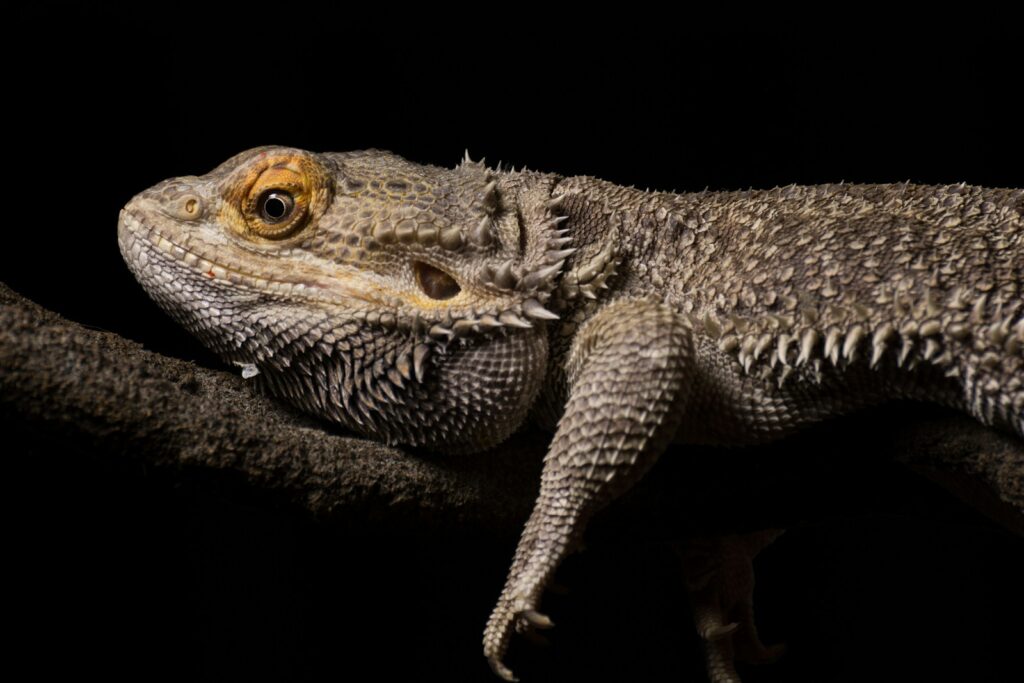
Incorporating edible plants into your bearded dragon’s terrarium serves the dual purpose of decoration and dietary enrichment. Herbs such as basil, oregano, thyme, and sage are safe for occasional consumption and release pleasant aromas when your dragon moves through them. Dandelion greens can be grown in small pots within the terrarium, providing a nutritious snack that many bearded dragons eagerly devour. Wheatgrass is another excellent option that grows quickly and can be repeatedly harvested as your dragon grazes. When including edible plants, place them strategically so they can establish themselves before becoming accessible to your curious reptile, perhaps initially protecting them with small barriers until they’re hearty enough to withstand investigation.
Plants to Absolutely Avoid in Dragon Habitats
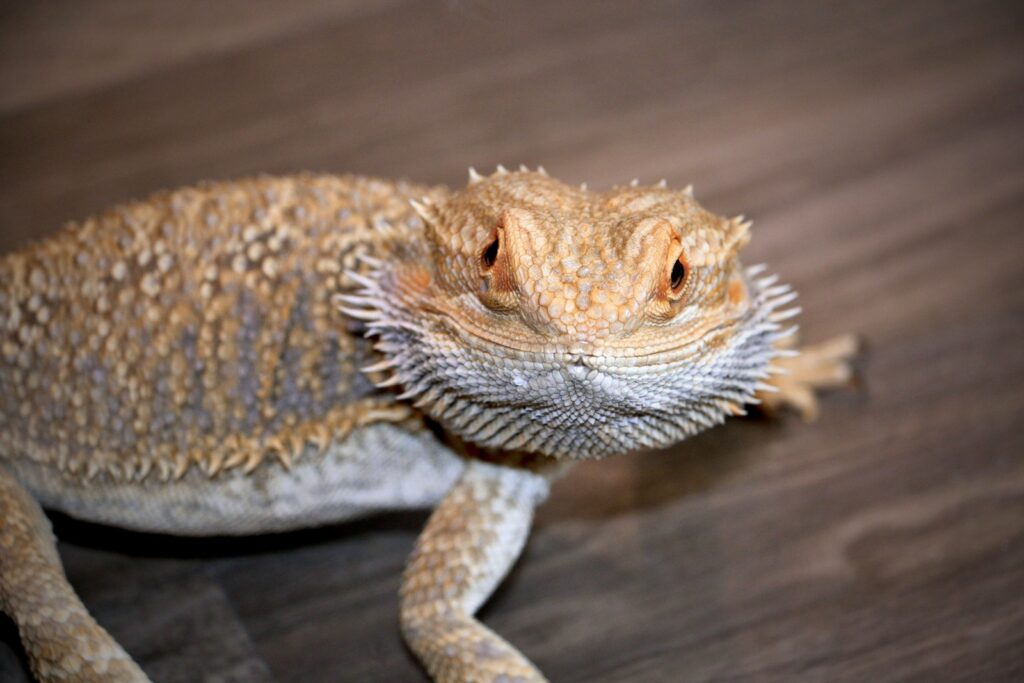
While many plants are suitable for bearded dragon terrariums, several common varieties pose serious health risks and should never be included. Toxic plants like philodendrons, pothos, and dieffenbachia contain calcium oxalate crystals that can cause severe oral irritation and internal damage if ingested. Oleander, foxglove, and lily species contain cardiac glycosides that can be fatal even in small amounts. Avoid cacti with prominent spines that can injure your dragon’s sensitive skin and eyes during exploration. Additionally, any plants treated with pesticides or chemical fertilizers should be completely avoided, as these toxins can accumulate in your bearded dragon’s system over time and lead to serious health complications.
Creating Safe Planting Zones in the Terrarium
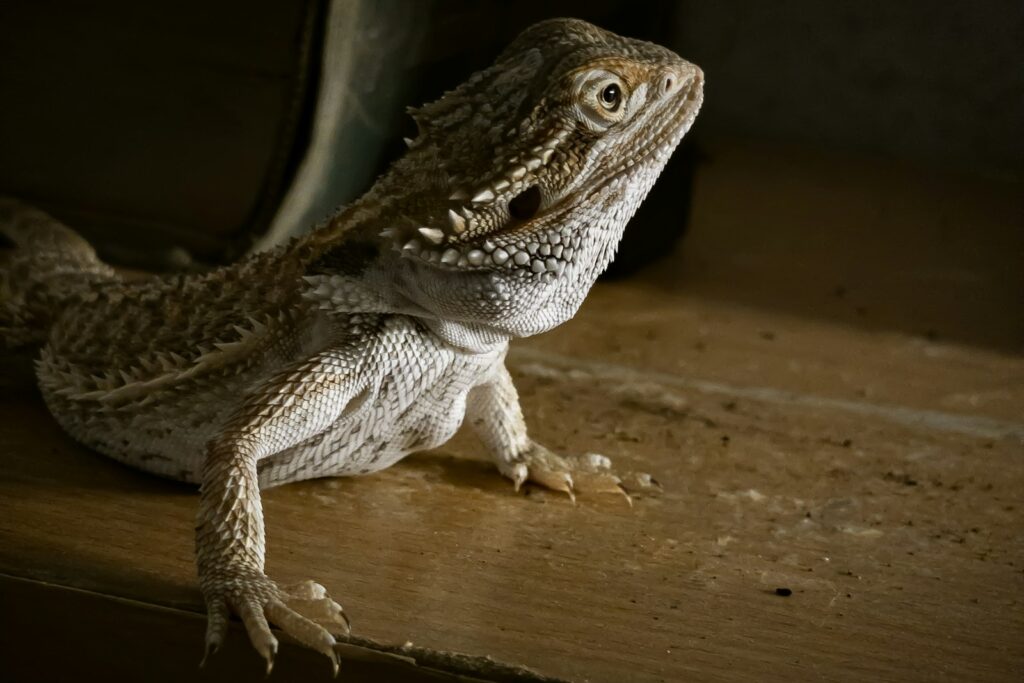
Strategic placement of plants within your bearded dragon’s habitat ensures both the plants’ survival and your pet’s safety. Creating elevated planting areas using rocks or terrarium furniture keeps more delicate plants out of your dragon’s direct path while still contributing to the habitat’s aesthetics and humidity. Corner plantings work well for larger specimens that need protection from trampling but still provide environmental enrichment. Consider using terraium-safe planters or pots that can be partially buried in the substrate, allowing you to easily remove plants for maintenance or replacement. This zoned approach enables you to incorporate a wider variety of plant life while minimizing the risk of damage to both the plants and your curious reptile.
Proper Planting Methods for Dragon Terrariums
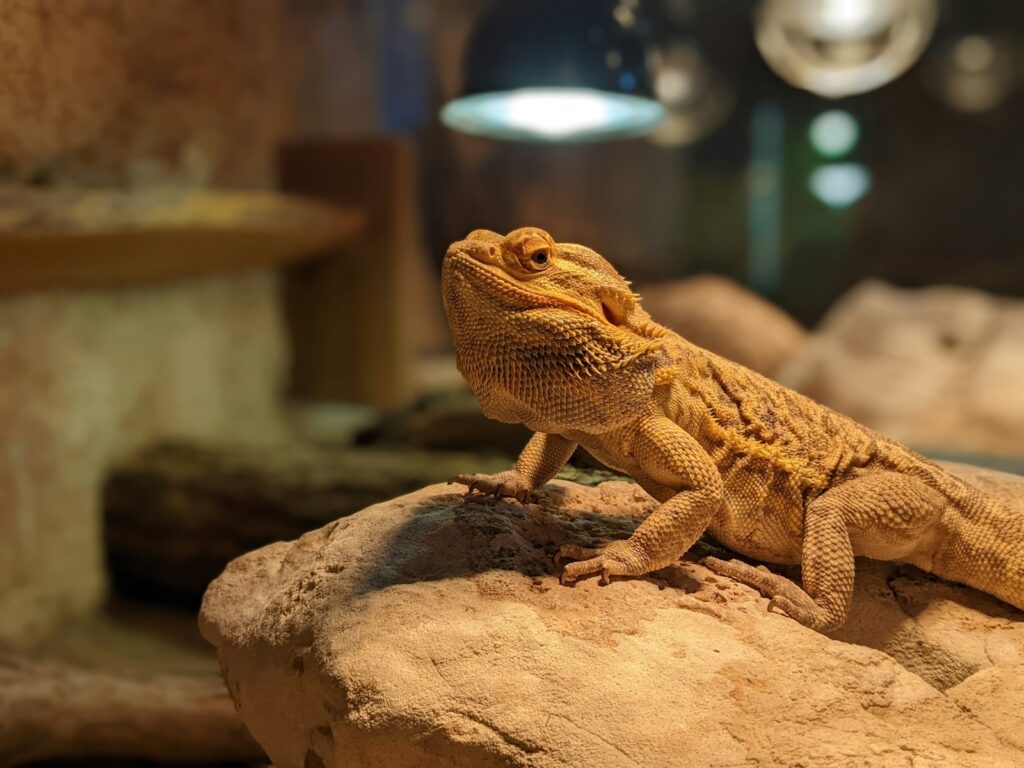
Successful integration of plants into a bearded dragon habitat requires proper planting techniques specific to the terrarium environment. Start with a reptile-safe substrate base, then create planting pockets using a mixture of organic potting soil and sand for proper drainage. Always thoroughly wash new plants to remove any pesticides or fertilizers, soaking the root ball and gently rinsing the foliage with lukewarm water. When positioning plants, consider the growth patterns and light requirements of each species, placing sun-loving varieties closer to the UVB source. For added stability, especially important with larger dragons that may climb or burrow, secure plants with natural rocks around the base or partially bury containers for added stability.
Maintaining Plants in High-Temperature Environments
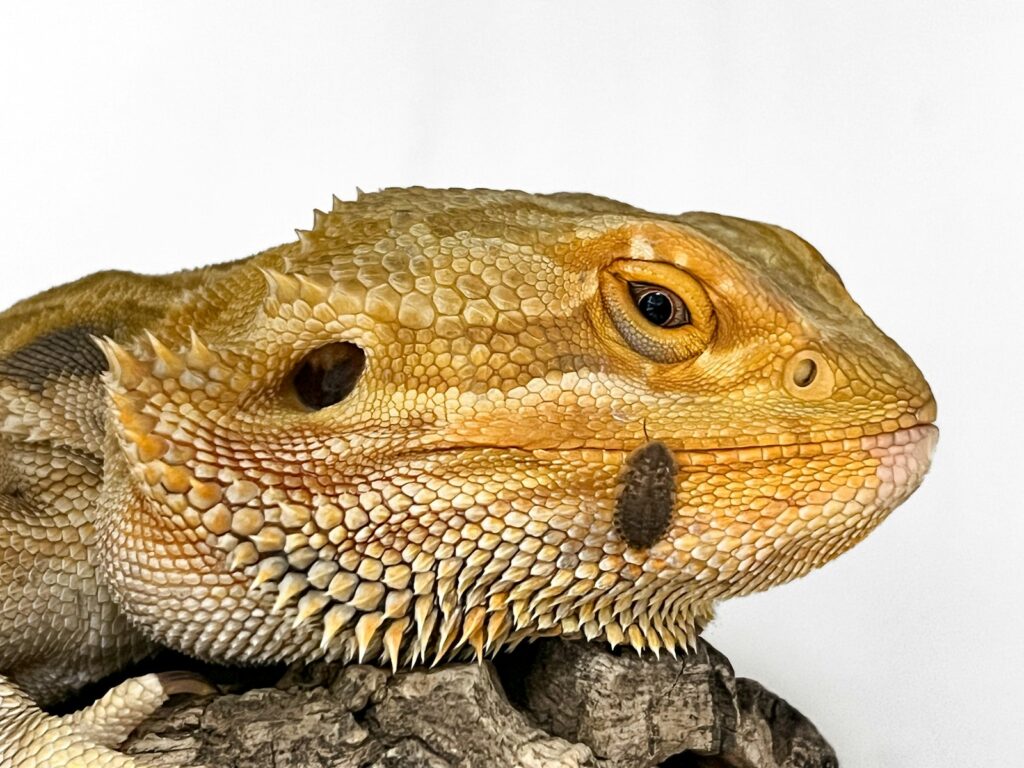
The high temperatures necessary for bearded dragons—typically 95-110°F (35-43°C) in the basking area—create challenges for plant maintenance that require specific care strategies. Establish a regular misting routine for the plants (not the entire terrarium) during your dragon’s cooler periods to prevent excessive habitat humidity while still supporting plant health. Position more sensitive plants in the cooler end of the temperature gradient, where conditions might range from 75-85°F (24-29°C). Implement a rotation system for certain plants, allowing them “recovery periods” outside the terrarium if they show signs of stress from the heat. Additionally, choosing plants with naturally waxy coatings or thick leaves helps them retain moisture despite the arid conditions, making maintenance more manageable in these challenging environments.
Bioactive Setups: Creating Mini-Ecosystems
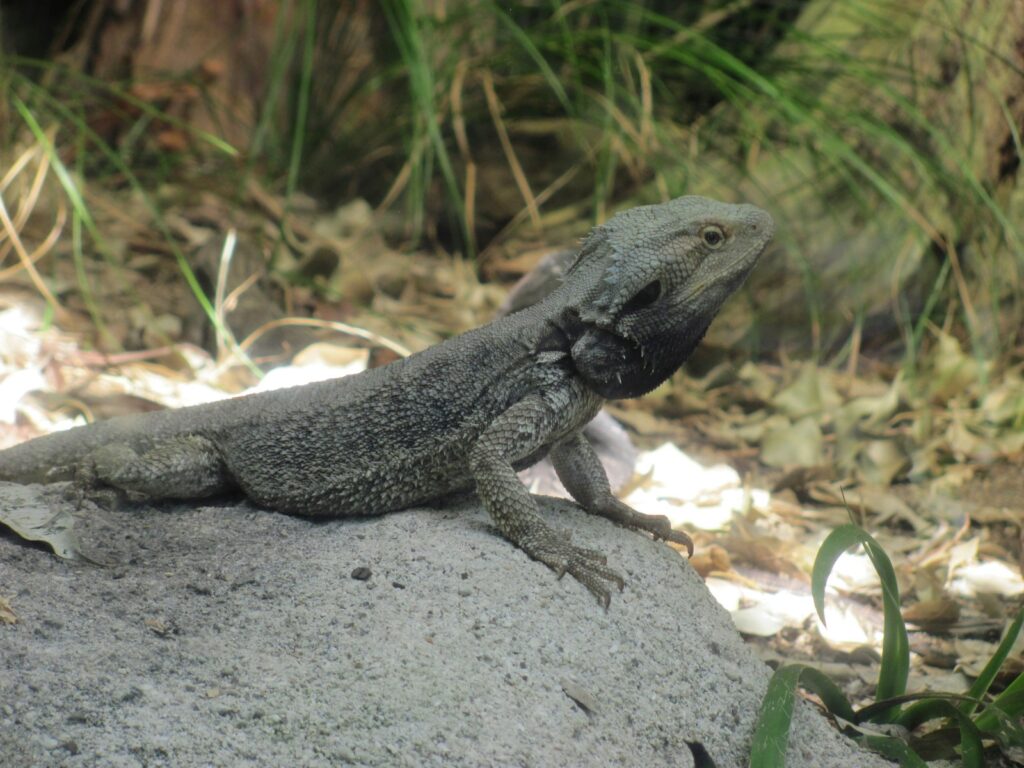
Advanced bearded dragon keepers often embrace bioactive setups, which transform terrariums into self-sustaining mini-ecosystems that benefit both plant life and reptile inhabitants. These sophisticated habitats incorporate beneficial microfauna like springtails and isopods that break down waste and aerate the substrate, creating a natural cleaning crew. The appropriate plants in bioactive setups help process waste products and provide oxygen, contributing to a healthier environment with more stable humidity levels. When properly established, these systems require less frequent deep cleaning while providing enrichment through a more natural environment that encourages natural behaviors. Though initially more complex to set up, bioactive terrariums often prove less maintenance-intensive over time while offering superior environmental quality for your bearded dragon.
Seasonal Considerations for Terrarium Plants
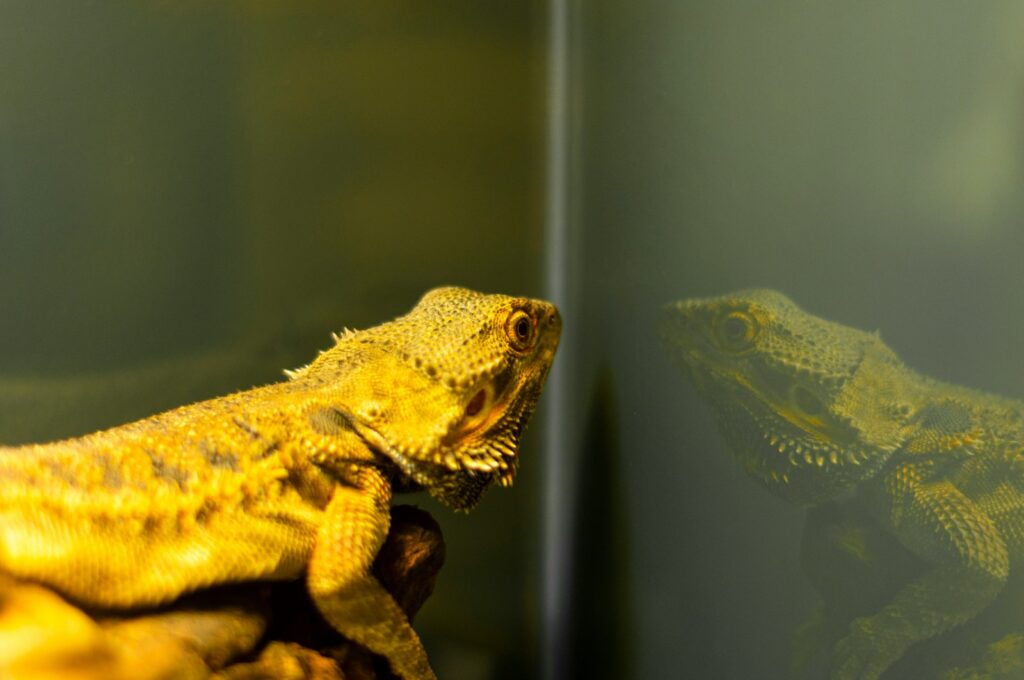
Bearded dragons experience natural behavioral changes throughout the year, including potential brumation periods, which should influence your plant selection and care routine seasonally. During cooler months when your dragon might be less active, choose hardier plants that require minimal maintenance and can withstand reduced terrarium lighting schedules. Spring and summer are ideal times to introduce more varied plant life, including edible options that support your dragon’s increased appetite and activity levels during these seasons. Some keepers create seasonal themes by rotating certain plants in and out of the habitat, mimicking the natural vegetation changes in their dragon’s native Australian environment. This seasonal approach not only maintains plant health but also provides changing environmental stimulation for your bearded dragon throughout the year.
Troubleshooting Common Plant Problems

Even with careful selection and placement, plants in bearded dragon habitats can encounter various issues that require prompt attention. Yellowing leaves typically indicate overwatering or insufficient light, requiring adjustment to your care routine or repositioning within the terrarium. Wilting despite adequate moisture often signals heat stress, suggesting the need to move plants further from basking spots or provide periodic cooling. If you notice your dragon repeatedly damaging certain plants, consider replacing them with more resilient species or protecting them with natural barriers like rocks. Mysterious plant deaths without obvious causes might indicate incompatibility with terrarium conditions or potential soil contaminants, warranting a careful review of your substrate and planting materials to ensure they’re truly reptile-safe.
Enhancing Your Dragon’s Quality of Life Through Plants

Beyond their aesthetic appeal, thoughtfully selected terrarium plants significantly enhance your bearded dragon’s psychological well-being and physical health. Varied vegetation creates microenvironments that allow your dragon to self-regulate its temperature and humidity exposure, mimicking the natural thermoregulation behaviors they would display in the wild. Plants provide essential enrichment through sensory stimulation, offering different textures, scents, and visual elements that prevent the boredom associated with barren enclosures. Many bearded dragons demonstrate natural climbing and exploring behaviors when provided with sturdy plant structures, encouraging beneficial exercise and mental stimulation. The combination of security, enrichment, and naturalistic elements that proper planting provides creates a habitat where your bearded dragon can truly thrive rather than merely survive.
Creating a beautifully planted terrarium for your bearded dragon requires careful consideration of plant selection, placement, and maintenance—but the rewards are substantial. A well-designed habitat with appropriate vegetation not only creates a visually stunning display but also provides crucial environmental enrichment that contributes to your dragon’s physical and psychological health. By selecting desert-adapted plants that can withstand the unique conditions of a bearded dragon terrarium while ensuring they’re safe for curious reptiles, you create a slice of the Australian outback in your home. Your efforts to establish this natural environment will be rewarded with a healthier, more active bearded dragon that displays a fuller range of natural behaviors in its miniature desert oasis.

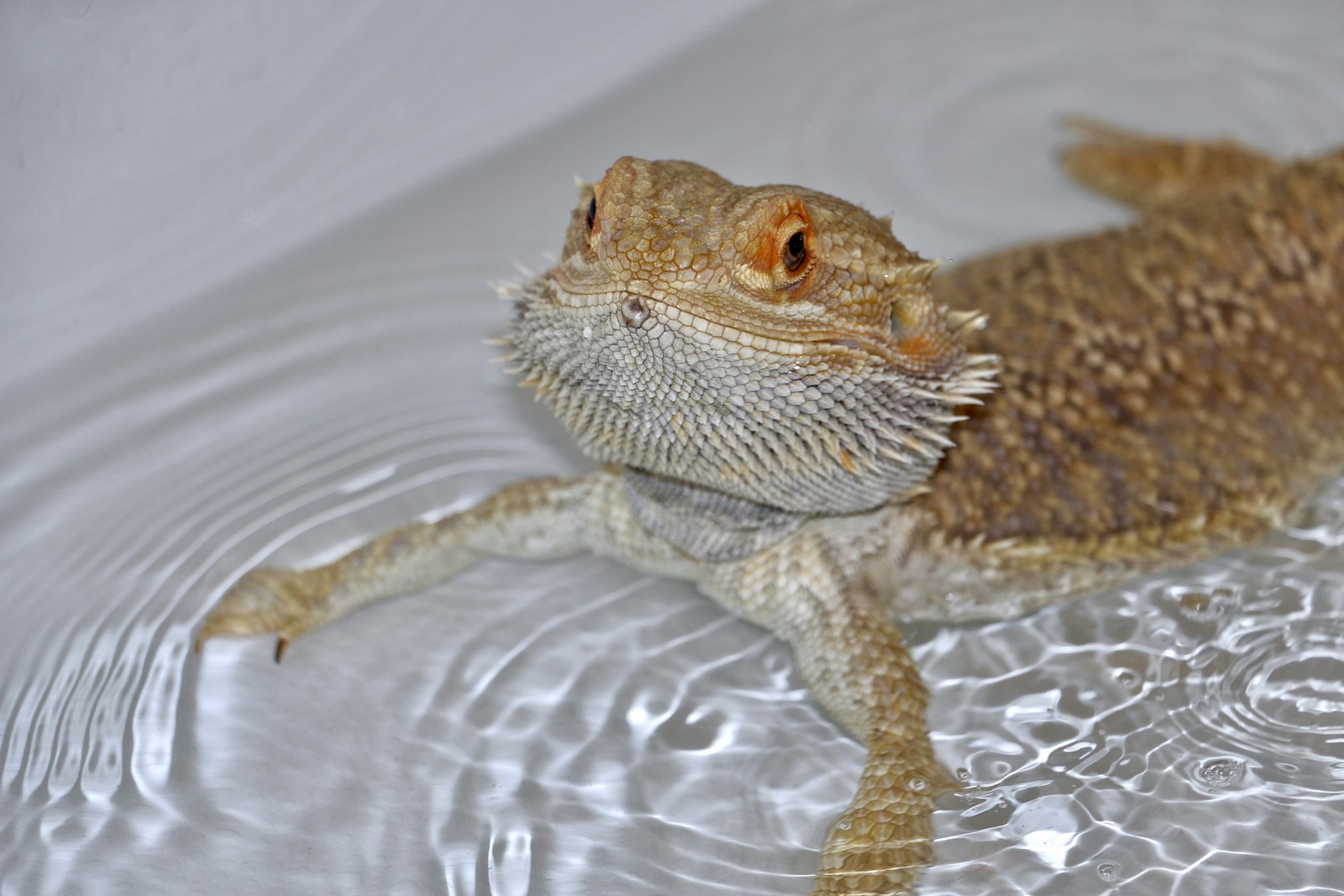





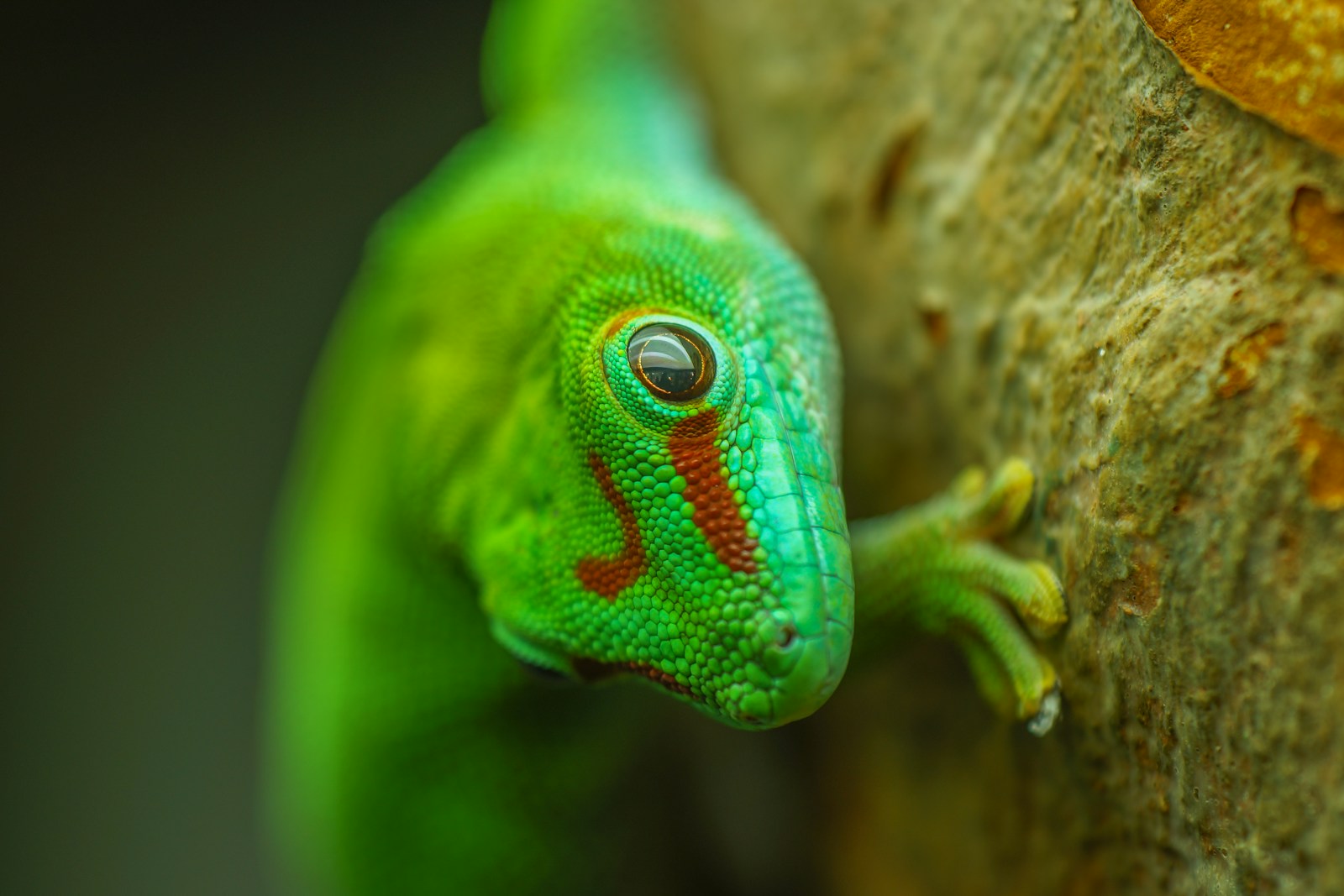
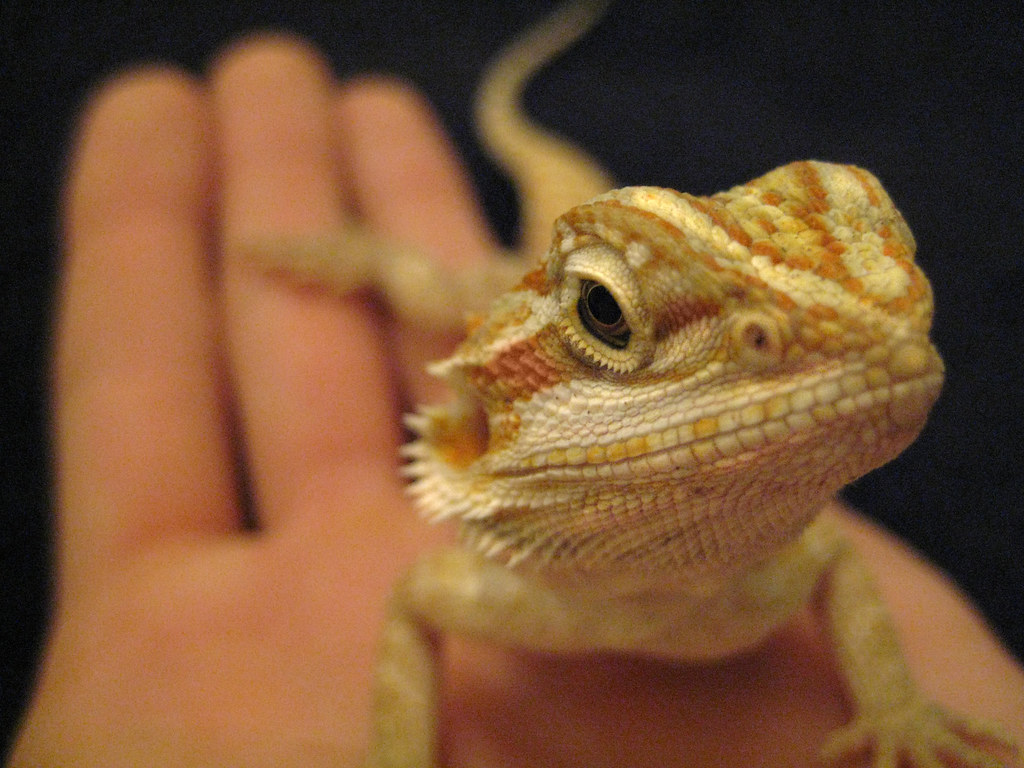


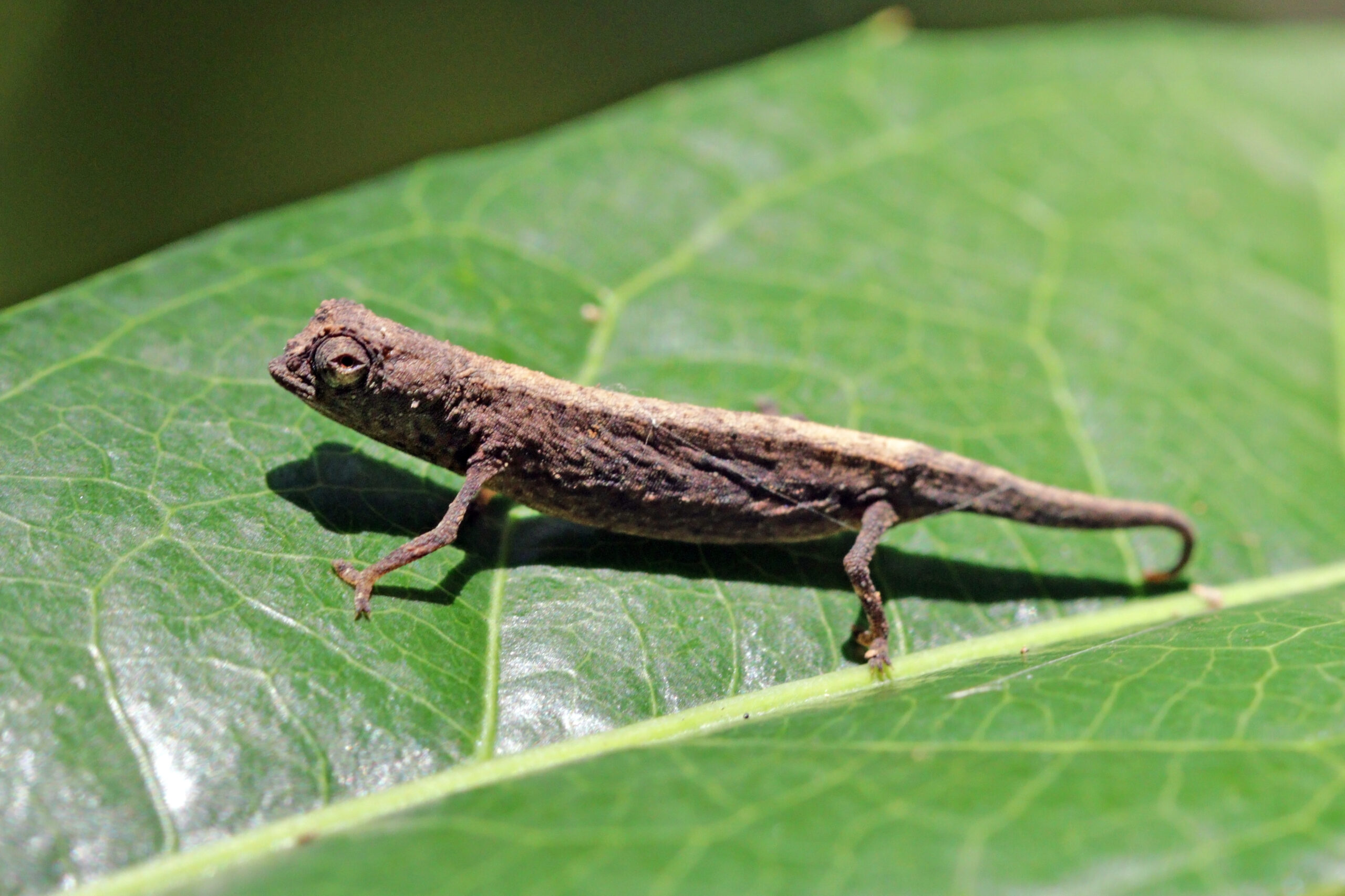




Leave a Reply